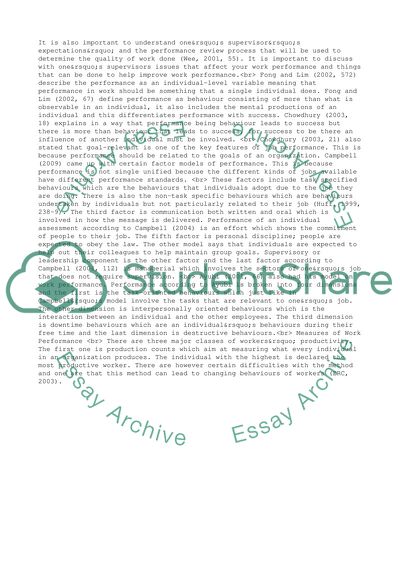Cite this document
(“Examining the effects of foreign workers' performance on the quality Literature review”, n.d.)
Examining the effects of foreign workers' performance on the quality Literature review. Retrieved from https://studentshare.org/business/1498005-examining-the-effects-of-foreign-workers
Examining the effects of foreign workers' performance on the quality Literature review. Retrieved from https://studentshare.org/business/1498005-examining-the-effects-of-foreign-workers
(Examining the Effects of Foreign workers' Performance on the Quality Literature Review)
Examining the Effects of Foreign workers' Performance on the Quality Literature Review. https://studentshare.org/business/1498005-examining-the-effects-of-foreign-workers.
Examining the Effects of Foreign workers' Performance on the Quality Literature Review. https://studentshare.org/business/1498005-examining-the-effects-of-foreign-workers.
“Examining the Effects of Foreign workers' Performance on the Quality Literature Review”, n.d. https://studentshare.org/business/1498005-examining-the-effects-of-foreign-workers.


